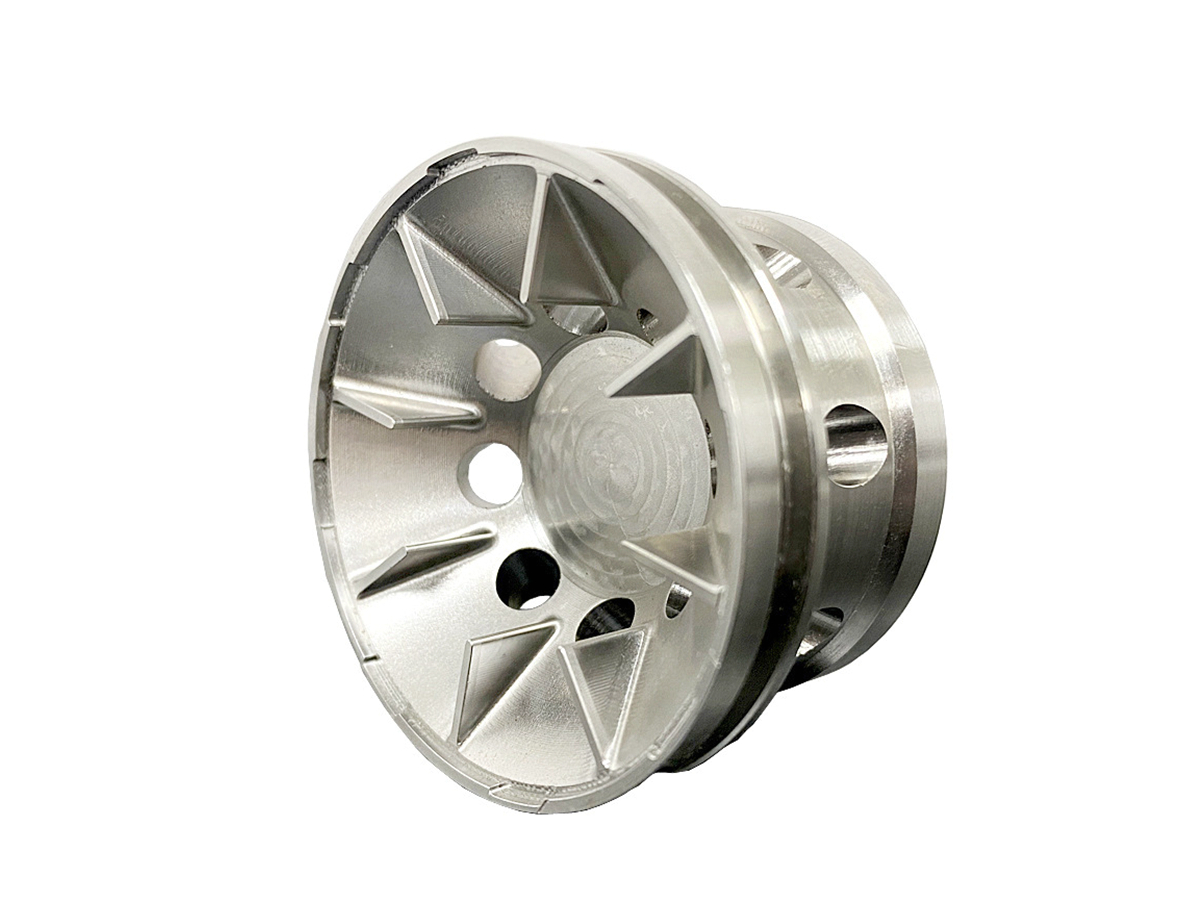Carbon Steel CNC Machining for Heavy-Duty Agricultural Equipment Parts
Introduction
Carbon steel CNC machining is crucial in manufacturing robust and durable parts for heavy-duty agricultural machinery. The agriculture industry demands components capable of enduring harsh environmental conditions, extreme loads, and constant mechanical stress. Carbon steel, with its exceptional strength, toughness, and cost-effectiveness, has become the material of choice, enabling manufacturers to produce reliable, high-performance machinery essential for modern farming operations.
Utilizing advanced CNC technology, carbon steel components can be precisely machined into complex shapes and sizes, significantly enhancing agricultural equipment's functionality and longevity. CNC machining offers unparalleled accuracy, efficiency, and repeatability, ensuring components such as gears, shafts, and frames meet specifications. This technological advancement empowers the agricultural sector to improve productivity, lower downtime, and maintain consistent operational standards in challenging conditions.
Available Machining Processes
Carbon steel components for agricultural machinery can be machined through several CNC processes, each chosen based on component requirements and complexity:
CNC Milling: This versatile method uses rotary cutters to remove material and achieve complex geometries. Ideal for components requiring intricate details and precise tolerances, CNC milling ensures dimensional accuracy critical for equipment parts like gear housings, brackets, and custom fittings.
CNC Turning: Utilizing lathes, CNC turning rotates the workpiece while cutting tools shape it, providing exceptional precision for cylindrical or symmetrical parts such as shafts, axles, and hydraulic cylinders. CNC turning delivers consistently high-quality finishes essential for moving parts demanding precise alignment and balance.
CNC Drilling and Tapping: Accurate hole creation and threading are crucial for assembling complex agricultural machinery. CNC-controlled drilling and tapping ensure uniformity and precision, facilitating efficient and reliable assembly of multi-component structures.
CNC Grinding: For components requiring tight tolerances and superior surface finishes, CNC grinding precisely removes material from carbon steel parts, achieving exceptional smoothness and accuracy essential for critical machinery parts.
Typical Carbon Steel Overview
Carbon steel, categorized by its carbon content, offers distinct properties tailored for various agricultural applications:
Low Carbon Steel (Mild Steel): Containing less than 0.25% carbon, it provides ease of machinability, affordability, and weldability. Suitable for parts experiencing lower stresses, such as brackets and frames.
Medium Carbon Steel (1045 Steel): Containing 0.3% to 0.6% carbon, it balances ductility and strength, ideal for structural parts like gears, axles, and shafts. Heat treatment significantly enhances its mechanical properties, extending component life.
High Carbon Steel (1060 Steel): Carbon content above 0.6% offers superior hardness and strength but reduced ductility. Frequently used for wear-intensive applications such as cutting blades, springs, and specialized high-stress components. Its machinability decreases with higher carbon content, requiring specialized tooling and machining parameters.
CNC Machinability of Carbon Steel
Machining carbon steel presents several challenges due to its varying hardness and potential for work-hardening. CNC technology mitigates these difficulties through:
Optimized Tooling: Carbide or coated tools withstand abrasiveness and heat generated during machining, reducing tool wear and ensuring high-quality finishes.
Controlled Cutting Parameters: Precise control of cutting speed, feed rates, and depth of cuts helps prevent excessive heat and distortion.
Efficient Cooling and Lubrication: Coolants and lubricants minimize thermal expansion, preserving accuracy and preventing distortion during prolonged machining operations.
Carbon Steel Machining Considerations
When machining carbon steel, several critical factors must be considered:
Tool Selection: Properly choosing tools based on carbon steel grade significantly affects machining quality and efficiency.
Cutting Speeds and Feed Rates: Balancing speed and feed prevents tool wear, reduces machining time, and maintains dimensional accuracy.
Heat Management: Excessive heat can lead to distortion or warping, requiring precise cooling and lubrication to maintain stability and quality.
Common Surface Treatments
Surface treatments improve carbon steel components' performance, longevity, and resistance to environmental stresses:
Heat Treatment: Methods like quenching and tempering enhance hardness and durability, making components more resistant to wear and deformation under heavy loads.
Galvanizing: Applying zinc coatings provides essential corrosion resistance, extending component lifespan in harsh agricultural environments.
Powder Coating: Durable and aesthetically pleasing, powder coatings protect against rust, chemicals, and UV damage, preserving equipment appearance and integrity over time.
Black Oxide Coating: Offers moderate corrosion resistance and an attractive matte finish, suitable for indoor agricultural machinery components.
Application in Heavy-Duty Agricultural
Carbon steel CNC machined components are indispensable in numerous heavy-duty agricultural applications, including:
Tractor Components: Gears, transmission parts, and axles require robust carbon steel components to withstand operational stress and harsh environmental conditions.
Plowing Equipment: Blades, cultivators, and attachments demand durable carbon steel parts capable of maintaining performance under continuous abrasion and high impact.
Harvesting Machinery: Components like conveyor systems, cutting tools, and rotating elements benefit from the strength and precision provided by CNC-machined carbon steel.
Advantages and Limitations
Advantages:
Strength and Durability: Carbon steel withstands heavy-duty agricultural workloads.
Cost-Effectiveness: Offers significant economic benefits compared to alternative high-performance metals.
Versatility: Effective in various applications, from structural components to precision gears.
Limitations:
Corrosion Susceptibility: Requires protective coatings to prevent rust and corrosion.
Increased Machining Difficulty: Higher carbon content grades pose greater challenges during machining, necessitating specialized tools and procedures.
Frequently Asked Questions (FAQs)
What are the best carbon steel grades for high-stress agricultural applications?
How does CNC machining improve the durability of agricultural machinery?
What are the cost implications of using CNC-machined carbon steel parts?
How do surface treatments impact the lifespan of carbon steel components?
What strategies can reduce machining costs for carbon steel parts?

